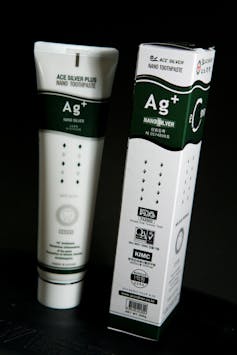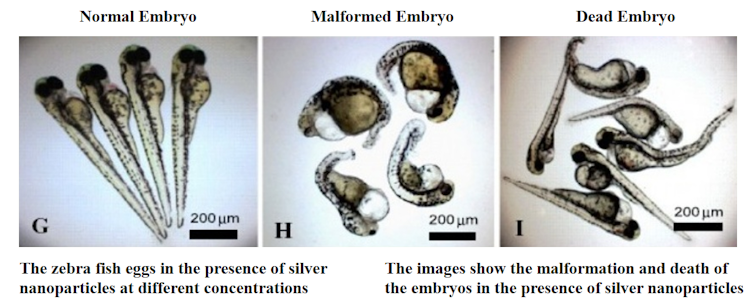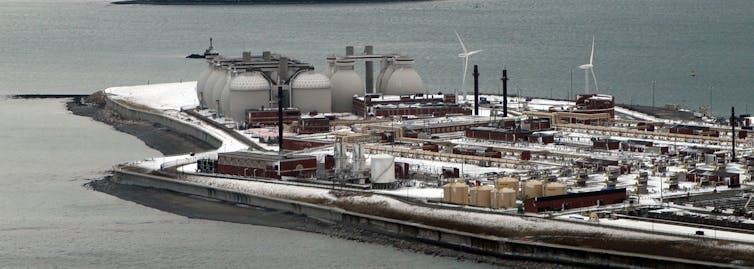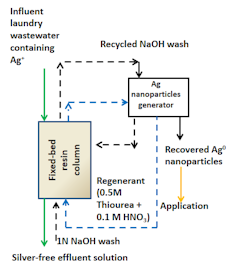Winter came in the morning. Actually, it came
sometime around the midnight. He was sleeping then. Or, as he puts it -
weaving his dreams. He often uses such poetical tricks, to force upon his
thoughtful side, on few acquaintances he has. In reality he was busy
sleeping then, recuperating from his day's work, preparing himself for an yet
another day of patterned chores and timely activities.
Winter, may be because it was untimely, came
furtively inside his room, through a narrow opening in the window. He
intentionally keeps it open, to allow morning light to seep and invade his
eyes, in case the alarm clock fails to maul his senses.
Winter began to gently caress his warm exposed
flesh. A feeble shivering ran through his body. He forsook his half-woven
dreams and hurled himself to awareness. It was dark then. Therefore, he failed
to identify winter lurking, diffusing inside his room. He attributed his
shivering to his poor diet and daily fatigue. He turned to the other side of
the bed and slept shivering.
Winter was cold. It needed warmth. It clung to
his body and began devouring its heat. It had sucked out heat even from thick
mattresses and heavy wooden chairs. Beings such as these largely remain
unimpressed and indifferent to usual winter's overtures.
Before the morning could come or the alarm clock
would croak, his own sound of heavy breathing woke him up.
By that time winter, who came with a diffidence
of a leper forcibly sent to a social gathering, had assumed the ownership of
his house. It was whiplashing his exposed flesh, making him shiver every time.
Stooped and quivering, he went over to his
window. He sensed the wintry air. Sudden arrival of winter confounded him,
almost without meaning. He, however, did not insist for one. It was acceptable
in his times. Pressing for meaning was taboo and, more importantly, childish.
It was only sought to explain the simplest, safest phenomena.
He looked up in the sky, and quite strangely,
looked into it, for nothing was up there. No moon, no stars. The sky seemed
vaporous. He found it fleeing away.
He had known nothingness associated with the sky,
of nights when he had stared above, nothingness had stared back at him, but
now, wherever he looked, nothing returned his gaze, the sky simply moved away,
revealing yet another shifting layer of nothingness, which avoided his stare as
if ashamed of some untold conspiracy.
The sun too was late in its coming. And, when it
did come, it lacked its youthful exuberance, probably the first time ever,
showed signs of fatigue of the journey it daily makes to come at his window.
The subdued sun was disconcerting. He, vaguely,
understood, by then, that winter has come. He now only needed a factual
confirmation, may be a news report. Feeling of cold, though important, in his
times, is inadequate, and can be dismissed, unless a piece of news approves it.
Such feelings are even insufficient to prepare him for the coming winter, for
it requires certain dresses, and unless everyone wears them, he would find them
hard to put on. Still he can put them on during nights but in daylight he
conforms to the prevailing behavior and manners. He often expresses this
contradiction in his poetry. Once he wrote:
What
darkness of night reveals
The
deceptive daylight hides
Is
a twenty-first century man
A
time hidden from his times.
Some who understood had laughed, and some who did
not, also laughed. For, in his times, laughter conveys understanding.
The shifting sky arrested his gaze and kept it
motionless for a while, his eyes, reflecting nothingness, reflected sky. Two
emptiness united by a conduit of vision. His reveries were broken by a series
of burr sound. It emanated from his mobile phone. It was a weather alert.
Winter was now confirmed. A foreboding took him over. However, it suddenly
vanished, when the same mobile phone, owing to its design, wished him a
wonderful Sunday morning. He stood motionless, recollecting his days, when he
had no mobile phone, and how he used to reach his work place even on holidays,
and used to return, somewhat relieved, on being revealed that the office is
closed.
A thankful smile adorned his face. However, he
was more thankful to winter, for its unforeseen kindness by choosing to come on
a Sunday morning. Last year it caught him unaware, in the evening, while he was
returning from the office. The next day his efficiency at work had gone down.
By coming on Sunday, winter gave him an
opportunity to prepare for days ahead. He quickly opened his closet and took
out all his woolen garments. They were musty and needed washing before being
worn. He collected them in one bag. He collected all his other clothes for
laundry. He forgot his shivering. He felt a surge of energy within him. Sunday
was coming alive, as an idea, where man distances himself from his daily
chores, prepares to groom his inner and outer worlds, pushing boredom away,
making life interesting and bearable for the rest of week.
Winter also saved his few bucks on hair cut. He
avoids hair cut during winters. He puts on a woolen cap to hide his
growing hair. And, even if he removes his cap, prolonged wearing makes the hair
flat and settled. Though he looks funny, but that's okay with him.
The saved money, although paltry, kept him
indecisive for a while. He vacillated between purchasing old books from Mr.
Cohen, who sells books in the downtown on Sundays, or getting himself a few
pieces of fried chicken from Caesar's. The dilemma, as an assured
indecisiveness, one associated with pleasure, remained on his face when he left
for the launderette.
Winter Came Early first appeared in Flash Fiction Magazine (http://flashfictionmagazine.com/blog/2015/01/28/winter-came-early/)





